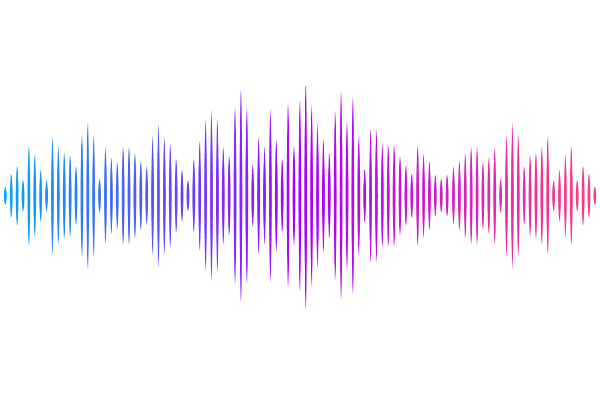Proteostatic remodeling of small heat shock chaperones - crystallins by Ran-binding protein 2 and the peptidyl-prolyl cis-trans isomerase and chaperone activities of its cyclophilin domain.

Proteostatic remodeling of small heat shock chaperones - crystallins by Ran-binding protein 2 and the peptidyl-prolyl cis-trans isomerase and chaperone activities of its cyclophilin domain.
Patil, H.; Cho, K.-i.; Ferreira, P. A.
AbstractDisturbances in phase transitions and intracellular partitions of nucleocytoplasmic shuttling substrates promote protein aggregation - a hallmark of neurodegenerative diseases. The modular Ran-binding protein 2 (Ranbp2) is a cytosolic molecular hub for rate-limiting steps of disassembly and phase transitions of Ran-GTP-bound protein ensembles exiting nuclear pores. Chaperones also play central roles in phase transitions and proteostasis by suppressing protein aggregation. Ranbp2 haploinsufficiency promotes the age-dependent neuroprotection of the chorioretina against photo-oxidative stress by proteostatic regulations of Ranbp2 substrates and by countering the build-up of poly-ubiquitylated substrates. Further, the peptidyl-prolyl cis-trans isomerase (PPIase) and chaperone activities of the cyclophilin domain (CY) of Ranbp2 modulate the proteostasis of selective neuroprotective substrates, such as hnRNPA2B1, STAT3, HDAC4 or L/M-opsin, while promoting a decline of ubiquitylated substrates. However, links between CY PPIase activity on client substrates and its effect(s) on ubiquitylated substrates are unclear. Here, proteomics of genetically modified mice with deficits of Ranbp2 uncovered the regulation of the small heat shock chaperones - crystallins by Ranbp2 in the chorioretina. Loss of CY PPIase of Ranbp2 up-regulates A-crystallin proteostasis, which is repressed in non-lenticular tissues. Conversely, the A-crystallin\'s substrates, {gamma}-crystallins, are down-regulated by impairment of CY\'s C-terminal chaperone activity. These CY-dependent effects cause the age-dependent decline of ubiquitylated substrates without overt chorioretinal morphological changes. A model emerges whereby the Ranbp2 CY-dependent remodeling of crystallins\' proteostasis subdues molecular aging and preordains chorioretinal neuroprotection by augmenting the chaperone buffering capacity and the decline of ubiquitylated substrates against proteostatic impairments. Further, CY\'s moonlighting activity holds pan-therapeutic potential against neurodegeneration.